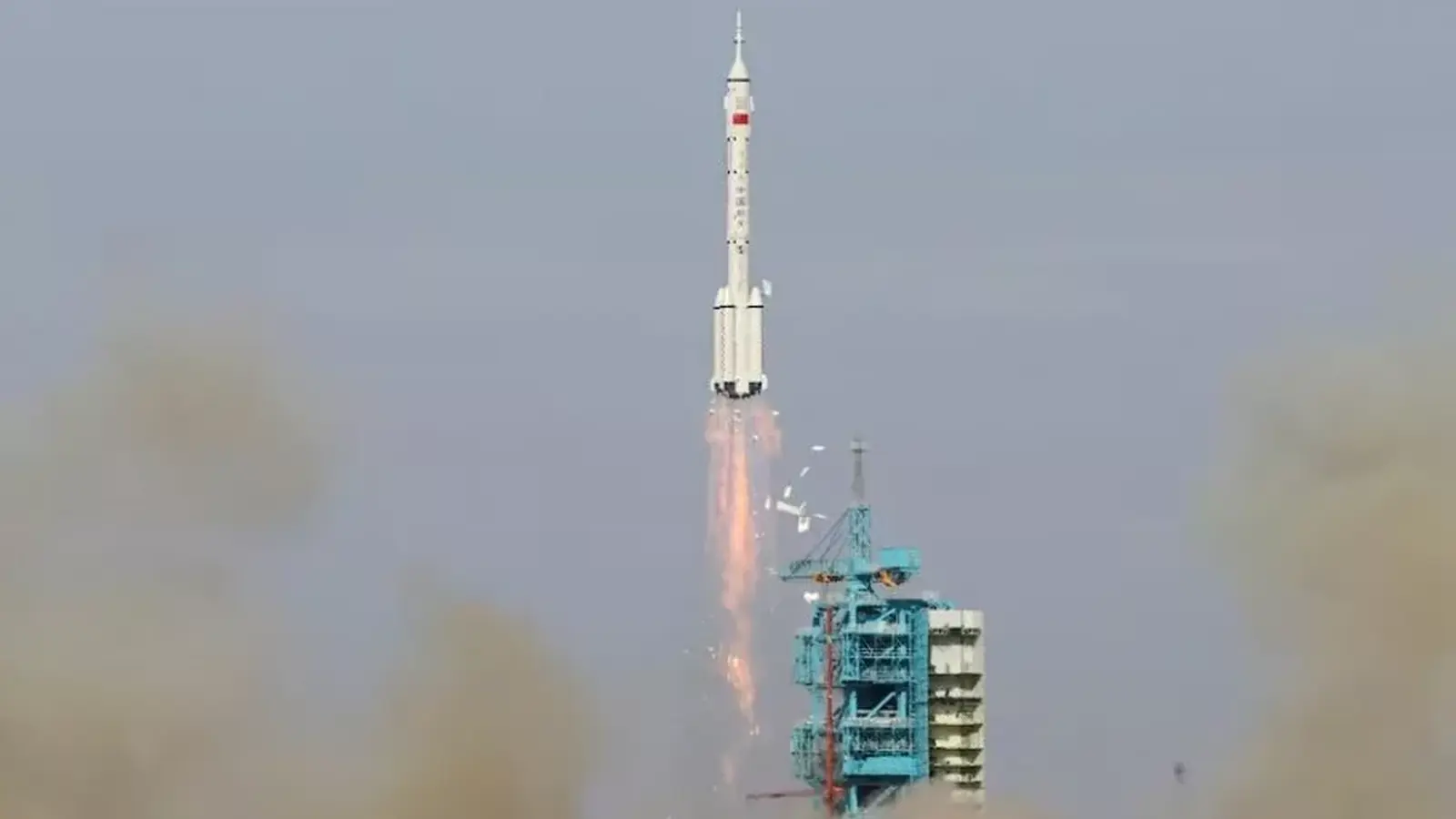3 Minutes
China carried out its first-ever emergency space launch when an unmanned Shenzhou-22 capsule, lofted by a Long March-2F rocket, raced to the Tiangong space station. The rapid mission answered a high-stakes problem: three astronauts aboard Tiangong temporarily had no certified way to return to Earth after damage was found on a previous return vehicle.
Why the emergency was triggered
The crisis began when engineers discovered a crack in the return window of Shenzhou-20, the spacecraft scheduled to bring home a prior crew on November 5. Investigations pointed to an impact from orbital debris as the likely cause. With that vehicle ruled unflightworthy, mission planners had to act fast to avoid leaving station crews without a safe return option.
How China moved from routine to rapid-response
Preparing a crewed mission typically takes around 45 days, but Beijing condensed the workflow into just 16 days. That speed grew out of a deliberate contingency posture: since 2021 the China National Space Administration has kept a dedicated rocket and backup spacecraft on standby for precisely this kind of scenario. Ground teams followed strict safety protocols to validate the vehicle and payloads before launch.

What happened to the crews
Because Shenzhou-20 could not be used, the earlier Shenzhou-21 crew used their spacecraft to return, leaving the current team temporarily without an immediate return vehicle. The arrival of Shenzhou-22 ended that vulnerable window by docking at Tiangong and restoring a certified return capsule for the station's crew.
Payloads, repairs and crew morale
Although unmanned, Shenzhou-22 carried vital cargo. It delivered medical supplies, spare parts for station maintenance, and tools for repairing the damaged Shenzhou-20 window. The flight also resupplied fresh food—fruits, vegetables, chicken wings, steak and cake—intended to boost crew morale and nutrition. Station astronauts can prepare some of these items using the onboard oven, an appreciated comfort on long missions.
Operational significance and comparisons
This mission highlights China's growing operational maturity in low Earth orbit. Maintaining a ready rocket and spacecraft contrasts with other recent international setbacks, such as long delays experienced by commercial crew systems. Rapid contingency launches reduce risk for astronauts and keep station operations resilient against unpredictable hazards like space debris.
Timeline and next steps
Shenzhou-22 will remain docked to Tiangong through April 2026, covering the remainder of the current crew's six-month increment and providing a certified return vehicle at mission end. Engineers will continue to assess orbital debris management and crew-safety procedures to mitigate similar incidents in the future.


Leave a Comment